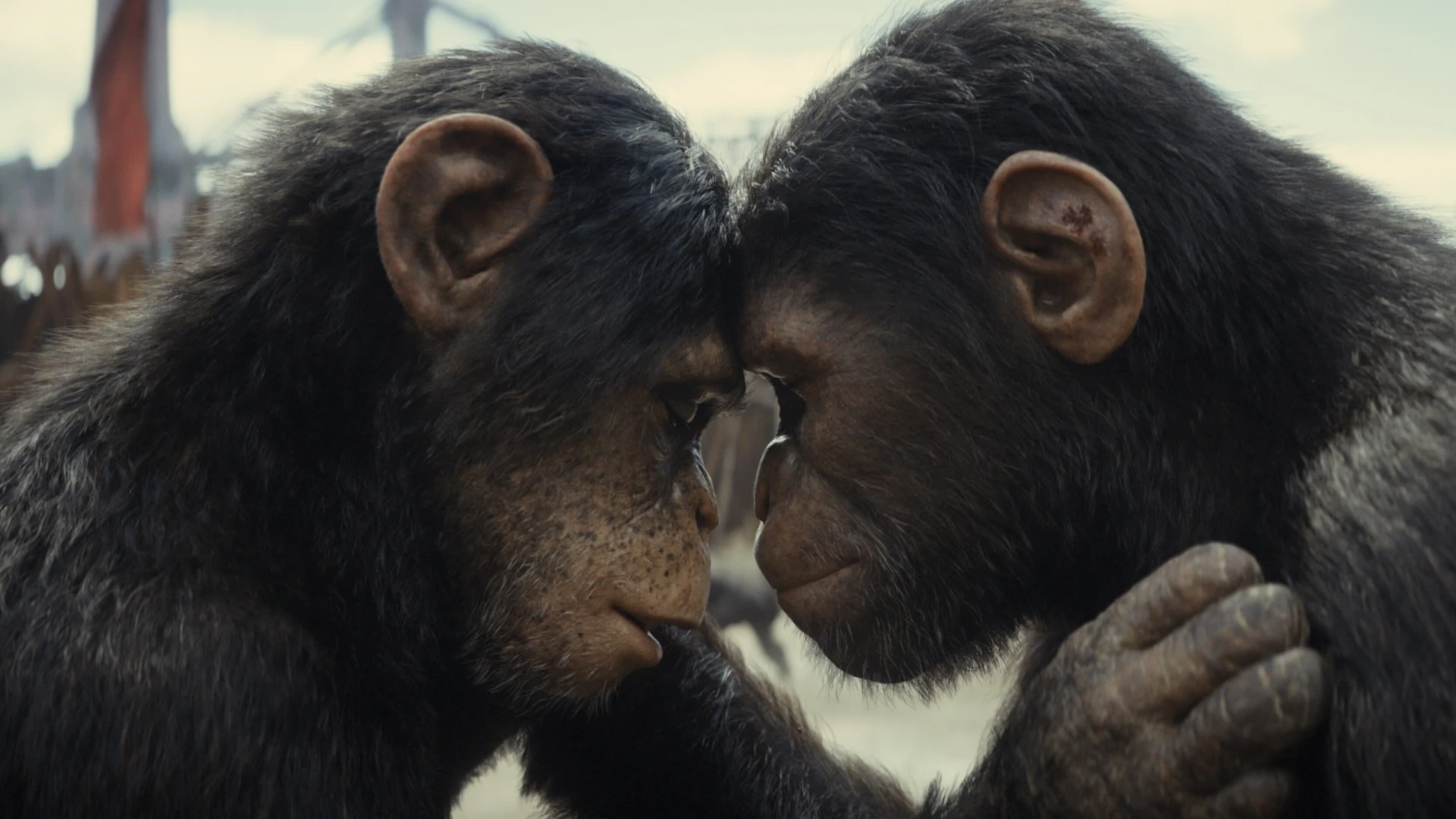After many years in this field, Winquist says the company’s rendering pipeline is well-established and streamlined, so his team can render things to look “absolutely, unquestionably real.” CGI milestones during the 2000s saw surfaces like water, fire, and hair finally “conquered.” Now, the focus is on how to make CGI and VFX more efficient to produce. “To some degree, it’s the same as when you get a new hard drive, and you just keep filling it up,” he says.
Performance capture is one of the most data-intensive areas of modern VFX, making it a natural fit for machine learning. Kingdom of the Planet of the Apes had more than 1,500 VFX shots, most containing performance-capture data. There are only 38 shots that contain no VFX at all—a far cry from 2002, when Gollum had 17 minutes of screen time in The Two Towers.
Using machine learning, Wētā FX developed a facial deep learning solver (FDLS), where algorithm-directed performance-capture renders are verifiable by humans throughout, rejecting the “black box” nature of most machine learning tools. After shots are approved, it lets animators stream the results directly to tools within an editing or animation application. Wētā FX uses Autodesk Maya as a platform to house some of its proprietary visual effects and animation tools.
Wētā FX’s advances in machine learning technology are made with the goal of empowering its artists to do more. “We wanted to rely on the same core crew we’ve been using, but creating spoken dialogue on apes’ faces gave them a lot more work to do,” Winquist says. He adds FDLS helped the Kingdom of the Planet of the Apes animators get a consistent baseline for each character that could be applied to multiple shots.
In a performance-capture workflow, it all comes back to the nature of the story and the production style. “If you have a character over a few dozen shots, it changes your approach because motion capture comes with a very large footprint—suddenly, you have 40 crew members to carry around with you,” Winquist says. “If you have a single character, you could have a much lighter footprint on set and work much more efficiently. So a big consideration when we come in is the technology that’s the best fit for a particular show and budget.
“We evaluate the needs of a particular project and make our plan accordingly,” he continues. “We can bring a full-blown capture system to a soundstage or outside location, or we can just rock up with a couple of video cameras, throw slightly different markers on the performers, say ‘Action,’ and sort it out later.”








